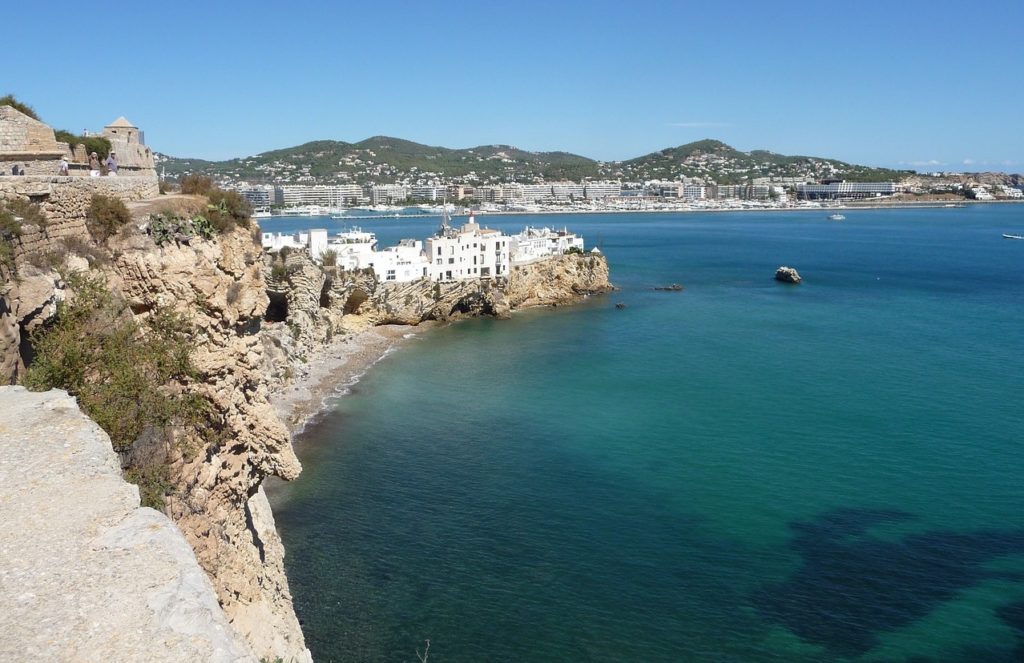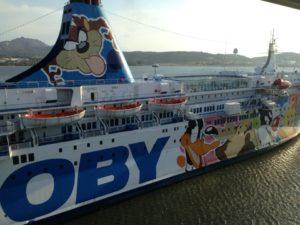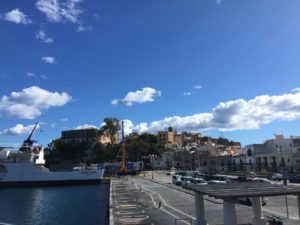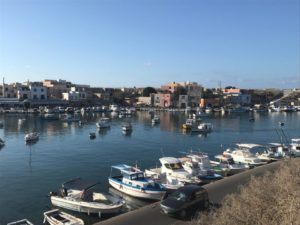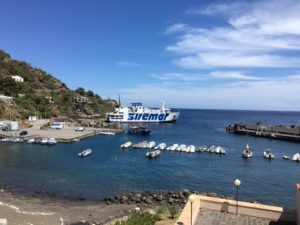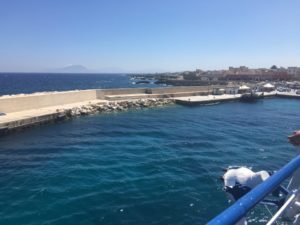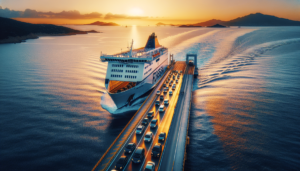A winter holiday in Ibiza
Ibiza is also there in winter, and it’s beautiful, despite being very different from what it offers in the high season. Going on a winter holiday to the Balearic Islands, on the largest of the so-called Pitiuses, perhaps even taking a trip to Formentera, is advisable above all if you are not looking for nightlife but you want to appreciate the tranquility of a seaside landscape in winter, the goodness of the local food and wine, the beauty of the local traditions, the pleasantness of walks and cultural experiences away from the chaos and, why not, even visiting the open night clubs. Immediately after seeing how to reach the island which in 1999 was declared a Unesco World Heritage Site thanks to the history and biodiversity of the area, let’s find out what to do in Eivissa in winter.
How to get to Ibiza from Italy and Spain
In low season there are no direct flights to the island from Italian airports, so the advice to arrive in Ibiza by ferry from Italy is even more fitting.
In addition to Barcelona, where you can stopover by sea, there are ships also departing from other ports in Spain. There are numerous maritime connections between the Iberian Peninsula and Ibiza. The port of the island is located one and a half kilometers away from the center of the city of Ibiza.
Book a ferry
Stroll through Dalt Vila
The fortified Upper Town (Dalt Vila) is the upper part of the historic center of the capital municipality (Vila d’Eivissa in Catalan) which in Spanish has the same name as the island. It is an acropolis whose walls are an outstanding example of Italian-Spanish Renaissance military architecture that had a profound influence on the development of fortifications in the Spanish settlements of the New World. The ancient city is of Phoenician origin; the current walls and defensive bastions took shape since the Middle Ages and the Renaissance. The main gate, located in the Old Market, is Portal de ses Taules. It is flanked by two Roman statues and protected by a drawbridge. The other gates are Portal Nou, the Portella de Sella and the passage des Soto. The bastion of Santa Tecla is the highest point of the city. The historical archive is located in the Can Botino building, the seat of the municipality. Theatrical visits are organized every Saturday, all year round: guides and stagy performances provide an immersive experience to get to know the life of the Renaissance in the fortified city.
See Puig des Molins
The Puig des Molins necropolis is an archaeological site that bears witness to the important role played by the island of Ibiza in the Mediterranean economy in protohistory, especially during the Phoenician-Carthaginian period. The initial burial ground was founded at the end of the 7th century BC. by the Phoenicians, occupying a specific area in the lower part of the hill and experiencing enormous development in the Punic and Roman eras. Currently the hill is part of the Archaeological Museum of Ibiza and Formentera. There are about 3,000 tombs from the Punic era, the hypogea. Of the entire labyrinth of tombs, 340 are visible from the outside. Since 1903, several archaeological works have been carried out, which have provided an enormous amount of Phoenician, Punic and Roman materials. The monographic museum is world-class, especially for the Phoenician-Punic archaeological collection.
Go to Santa Eulalia del Rio
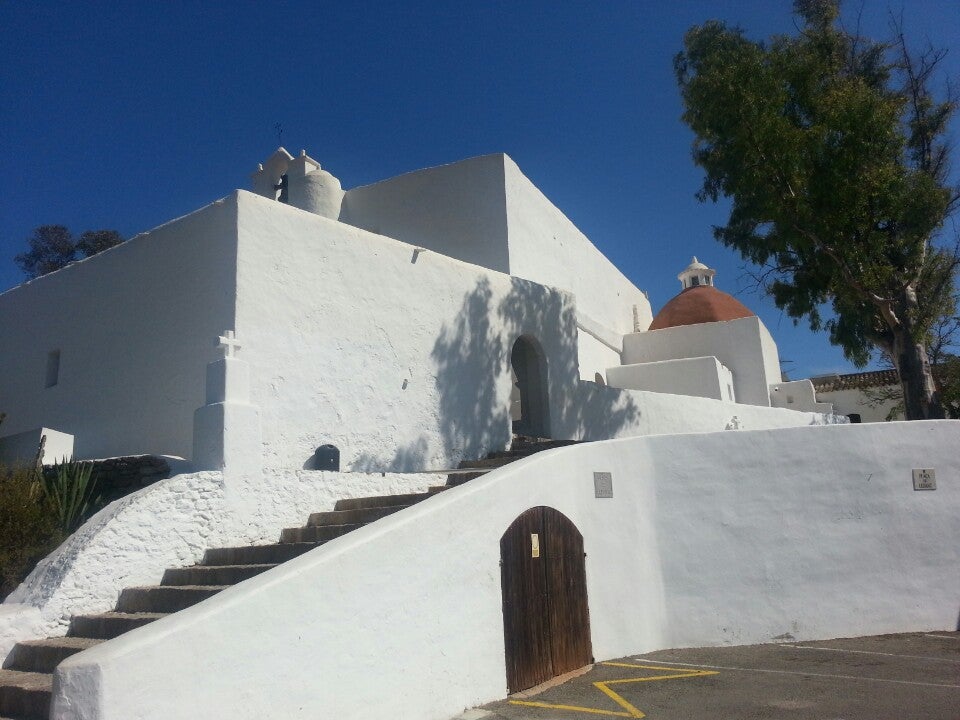
Santa Eulalia del Rio (in Catalan Santa Eulària des Riu) is the second municipality of the island by number of inhabitants and it overlooks the only river in the Balearic archipelago, along which, although it is almost totally dry, live several seabird species, such as kingfishers, herons or moorhens. On the hill of Puig de Missa there is the Church of Santa Eularia, all white like most of the Ibizan religious buildings; from here the panorama is fantastic, but the interior of the church is also worth seeing. The hippy market of Las Dalias, near Sant Carles, takes place all year round every Saturday. It is located in a garden where you can buy handmade clothes, jewellery, handicrafts, musical instruments, decorations and accessories.
Enjoy the sunset over the sea from the beach
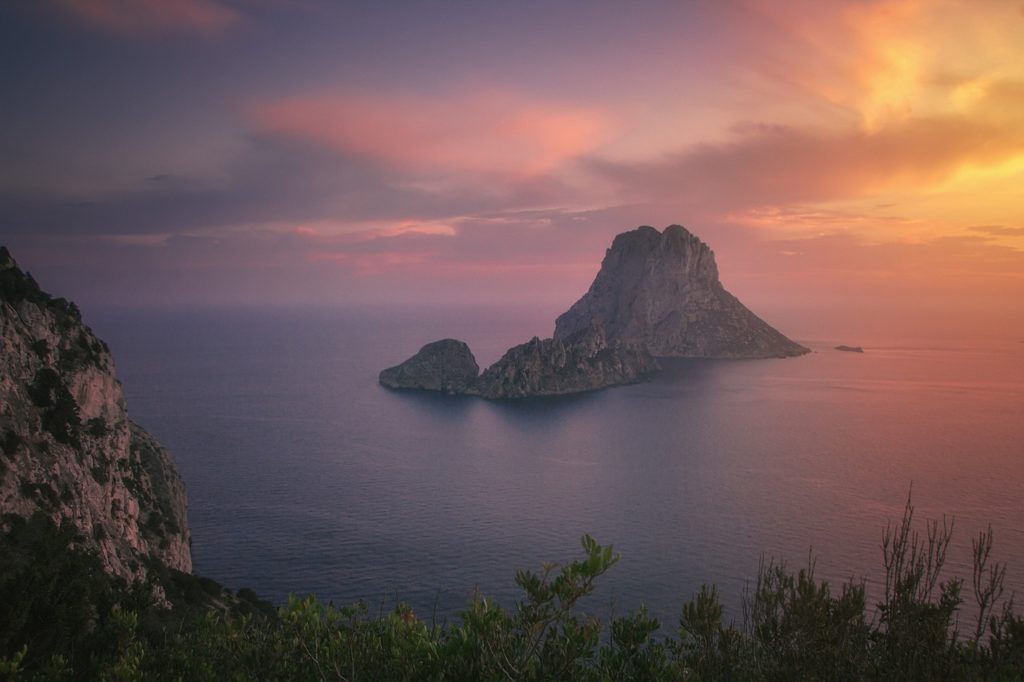
The most spectacular sunsets are naturally those appreciable from the western side of the island: here we find the beaches of Cala Salada, Cala Bassa, Cala Compte, Cala Vadella and Cala d’Hort with its surprising views of the uninhabited islet of Es Vedrá, a nature reserve. But even just for strolling, there is certainly no shortage of beaches along the perimeter of the island (except in the north, where the coast is rocky), which in winter become ideal places to relax and breathe fresh air. To the south there are the beaches of Playa d’en Bossa, Es Cavallet, Ses Salinas, to the east Cala Llonga, Niu Blau, S’Argamassa, Cala Nova and Cala LLenya.
Savor the local food and wine
In Ibizan cuisine, fresh fish is of a certain importance (grouper, tuna, San Pietro fish and scallop fish are all locally sourced species), but there is also lamb; the meat certified by the Anyell d’e Guarantee Mark is that of local farms with free pasture and vegetable feed. Mel Certificada d’Eivissa, on the other hand, is the Guarantee Mark that protects the producers of wildflower, rosemary and heath honey. Oli d’e is the brand created by the producers of extra virgin olive oil: on the island there are two oil mills and many olive trees. Typical dishes include sofrit pages, lamb, chicken and pork stew, arroz de matanzas, rice with pork, guisat de peix, fish stew, greixonera cake and flaò, a sweet of fresh cheese and mint. The local enology is characterized by the Monastrel and Garnacha red wine varieties and the white Malvasia. Hierbas Ibicencas is a traditional liqueur made with indigenous herbs.
Go shopping at the Craft Market
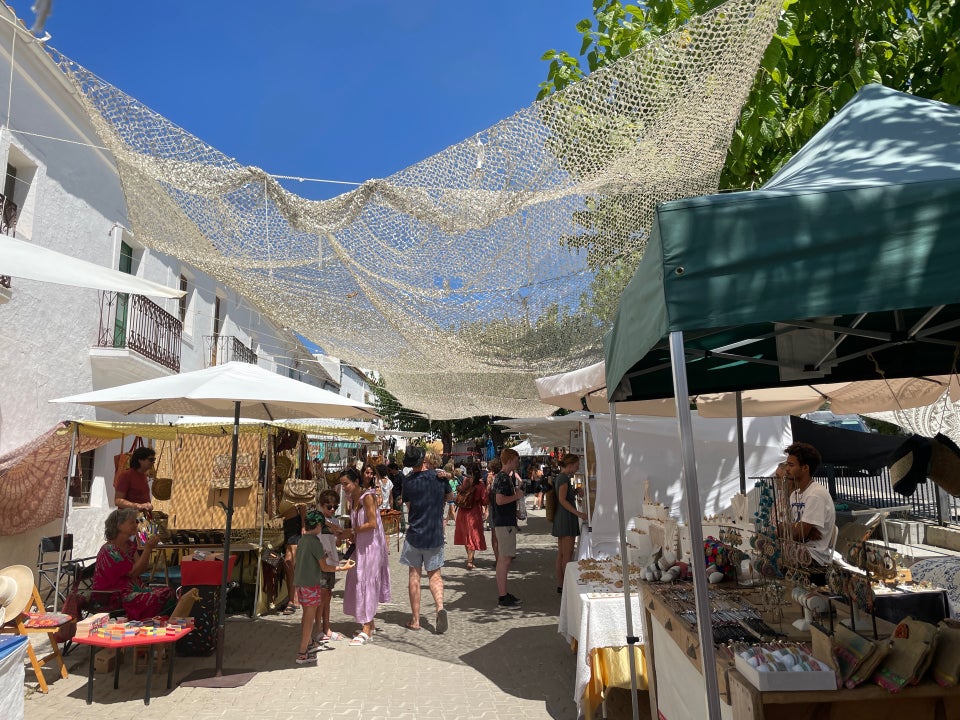
In addition to the previously mentioned hippy market of Las Dalias, you can go for alternative shopping at the Sant Joan craft market where you can find both locally produced and imported products. San Juan Bautista (in Catalan Sant Joan de Labritja) is another of the five municipalities of the island of Ibiza and it hosts throughout the year, every Sunday, this market where there are stalls of jewellery, costume jewellery, leather goods, statues of wood, and also fruits, vegetables, honey. As for second-hand items, the most interesting market is the one on Saturdays, in the Sant Jordi racecourse in the municipality of San José (Sant Josep de sa Talaia in Catalan).
Visit the Cap Blanc aquarium
The Cap Blanc aquarium, in the municipality of San Antonio Abad (Sant Antoni de Portmany in Catalan) is also open in winter, on Saturdays, and it is located inside a natural cave of approximately 370 square meters, where there are the main local fish species. In addition to live fish, you can also see the collections of specimens of shark eggs, marine sponges, gastropods, bivalves and other marine invertebrates. In the past, the cave was used for breeding lobsters which were exported to the markets of Barcelona and other cities. Here the surpluses that the fishermen could not sell were also kept and recovered on bad weather days when fishing was not possible.
Live the night
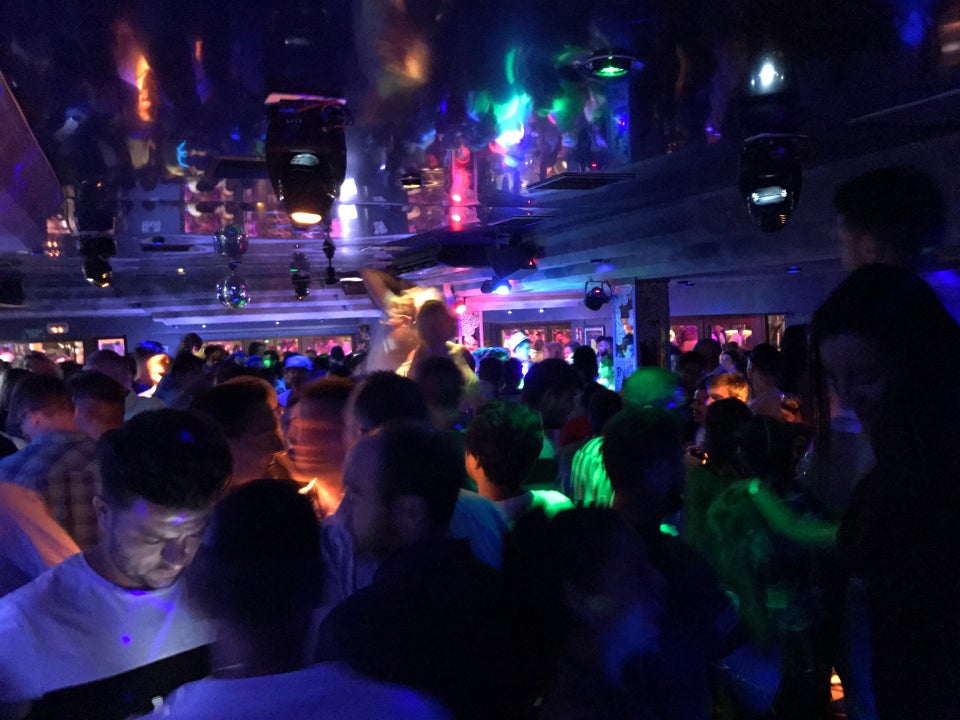
As for the nightlife, which here in the high season is also daytime, with DJ sets and revelry 24 hours a day, Ibiza doesn’t become monotonous even in winter, despite the more famous discos being closed. You can start the evening in the bars of the port; in the area there is also the Lolas Club, open every weekend. Not far away, in the Pasajes Felipe II, to listen to Afro-American music there is the Malanga Café. The Keeper disco opens its doors for free every weekend, while at Lìo every night is a party.
Go to the Phoenician settlement of Sa Caleta
The Phoenician settlement of Sa Caleta is located on a rocky promontory about 10 kilometers west of Ibiza Town. The Phoenicians settled there around 650 BC. building stone structures. On this site archaeologists have unearthed the remains of buildings, which are very important evidence of urbanization and social life in the Phoenician colonies of the western Mediterranean, as well as small streets and a small square. The main building would have been made of stone and adobe with a flat clay roof supported by wooden beams. The site should have been larger, but many of the edifices have been lost to coastal erosion.

